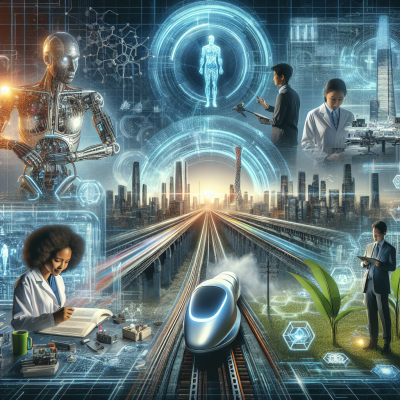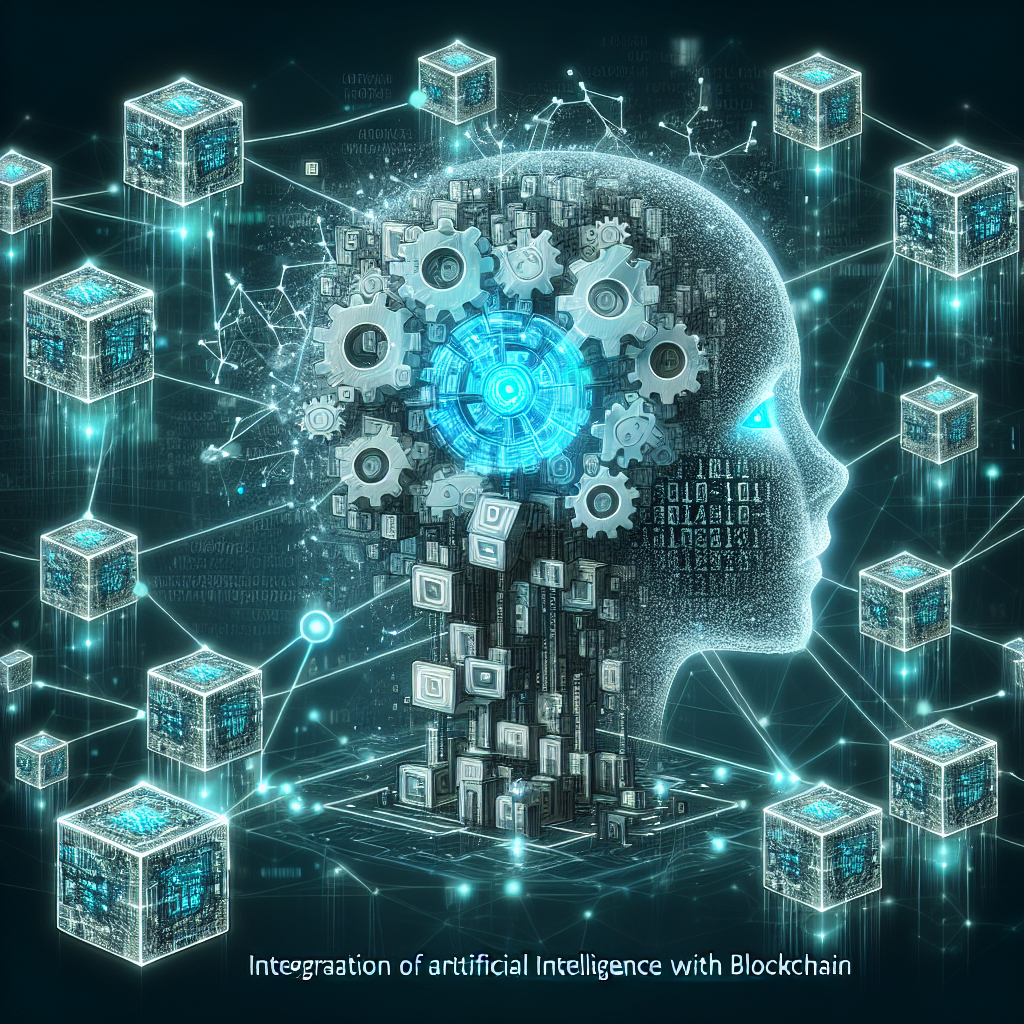
Introduction
Innovation continues to be the lifeblood of technological progress, giving rise to groundbreaking solutions that redefine how we interact with the world. From artificial intelligence to quantum computing, transformative innovations are not only enhancing efficiencies but also dismantling the constraints of traditional systems. This blog explores the frontier of emerging technologies that are shaping the future across industries—from healthcare and manufacturing to finance and transportation.
Artificial Intelligence: Beyond Automation
Artificial intelligence (AI) has evolved beyond simple decision trees and data analytics to become a multifaceted powerhouse. Today, AI enables everything from autonomous driving to predictive healthcare.
AI-Driven Healthcare Systems
Modern healthcare is undergoing a digital renaissance thanks to AI. Machine learning algorithms are increasingly being used for:
- Early disease detection: AI models can analyze patterns in medical imaging and patient history to pinpoint diseases like cancer and Alzheimer’s with higher accuracy.
- Personalized treatment plans: Treatments are being tailored to patients based on genetic and lifestyle data.
Autonomous Vehicles and Smart Cities
AI powers self-driving technology and smart infrastructure systems that make urban living more sustainable. Integration of AI with IoT devices in public transportation and urban planning is enabling cities to manage traffic, reduce emissions, and enhance public safety.
Quantum Computing: The Next Frontier
Quantum computing promises to solve problems that are virtually impossible for classical computers. Using quantum bits, or qubits, these machines can perform complex calculations at unprecedented speeds.
Transformative Applications
- Cryptography: Quantum computing can potentially crack encryption methods currently used in data protection, prompting a shift toward quantum-resistant algorithms.
- Pharmaceuticals: Simulating molecular structures with quantum precision speeds up drug discovery and reduces development costs.
- Climate Modeling: Predicting climate patterns with greater accuracy can help governments formulate proactive environmental policy.
The Rise of Edge Computing
Edge computing decentralizes data processing by bringing it closer to the data source. This shift reduces latency and increases real-time decision-making capabilities—critical for time-sensitive applications like autonomous vehicles and remote surgeries.
Benefits of Edge Computing
- Reduced latency: Data doesn’t have to travel to central servers, which improves responsiveness.
- Greater security: By localizing data, edge computing reduces vulnerabilities associated with centralized databases.
- Scalability: Edge infrastructure allows businesses to expand capabilities without overhauling centralized systems.
Next-Gen Connectivity: 5G and Beyond
Ultrafast wireless technologies like 5G are laying the groundwork for connected ecosystems. With enhanced bandwidth and low latency, 5G is enabling advanced applications from industrial automation to augmented reality (AR).
5G in Industrial Automation
Factories equipped with 5G networks can realize the vision of Industry 4.0:
- Robotic automation: Synchronized in real-time for enhanced manufacturing precision.
- Predictive maintenance: Machines can alert operators before a failure occurs, saving downtime and cost.
Extended Reality (XR) Applications
Virtual Reality (VR), Augmented Reality (AR), and Mixed Reality (MR) are gaining traction in fields like education, training, retail, and remote collaboration. 5G is the key to unlocking seamless, real-time XR experiences.
Green Tech and Sustainable Innovation
Technology is now being designed with sustainability at its core. Innovations such as biodegradable electronics, energy-efficient data centers, and carbon capture solutions are marking a shift toward environmentally conscious engineering.
Smart Grids and Renewable Integration
Smart grids equipped with AI and IoT sensors are becoming norm in energy management. These systems can:
- Regulate electricity flow: Real-time monitoring enables more balanced supply and demand management.
- Integrate renewables: Solar and wind energy can be optimized and stored efficiently with smart grid technology.
Blockchain and Decentralized Ecosystems
Blockchain is no longer just the foundation of cryptocurrencies. Its decentralized nature now finds application in supply chain management, healthcare record-keeping, and even identity verification.
Enterprise-Level Blockchain Deployments
- Supply Chain Transparency: Immutable ledgers ensure product origin and movement can be verified at every stage.
- Smart Contracts: Automated contracts execute actions based on predefined conditions, reducing the need for intermediaries.
The Human-Tech Interface: BCI and Neurotech
Brain-Computer Interfaces (BCIs) are revolutionizing the way humans interact with technology. Companies are developing implantable and non-invasive BCI devices that can read brain signals and offer commands to computers, prosthetics, or smart devices.
Applications of BCI
- Medical Rehabilitation: BCIs help people with disabilities regain control through neural feedback mechanisms.
- Human Augmentation: Enhancing memory, enabling communication, or even controlling external devices just by thought.
Conclusion: Navigating the Tech-Driven Tomorrow
The landscape of technology is rapidly evolving, driven by the convergence of AI, quantum computing, edge computing, blockchain, and sustainable systems. These innovations are more than just enhancements—they are foundational shifts in how we live, work, and interact with the world around us.
As we navigate this transformative era, the emphasis must remain on inclusive design, ethical standards, and sustainability to ensure that the future we build is as resilient and equitable as it is innovative.
Stay tuned to this space as we continue tracking the cutting-edge developments shaping the next generation of technology.


Leave a Reply